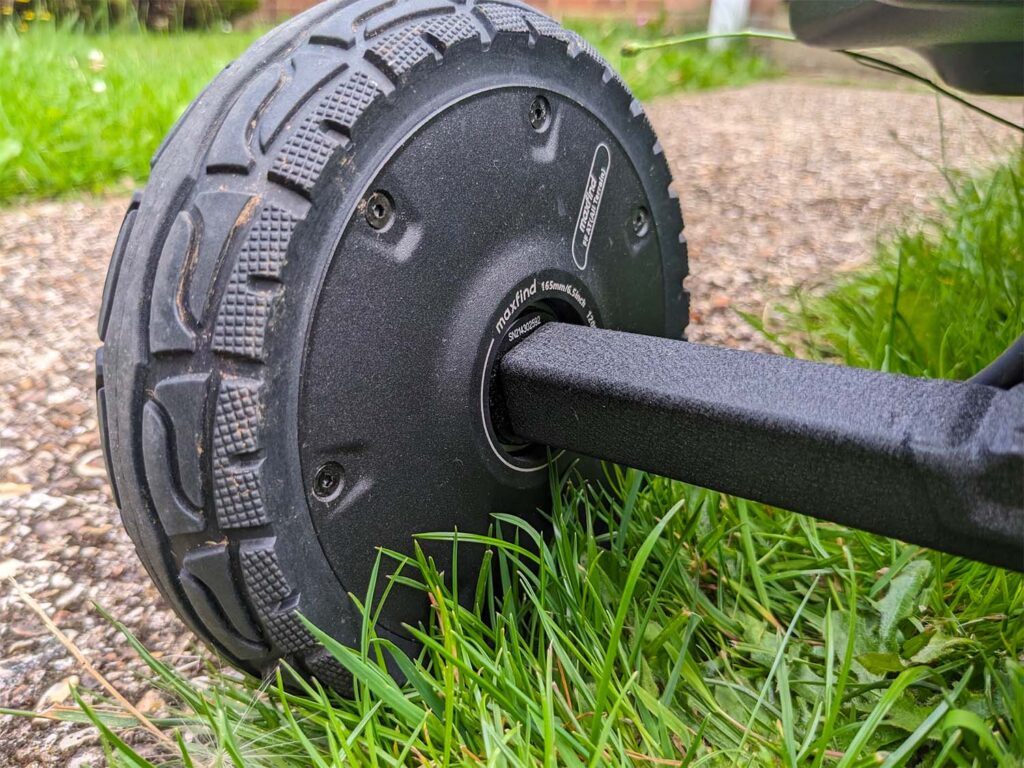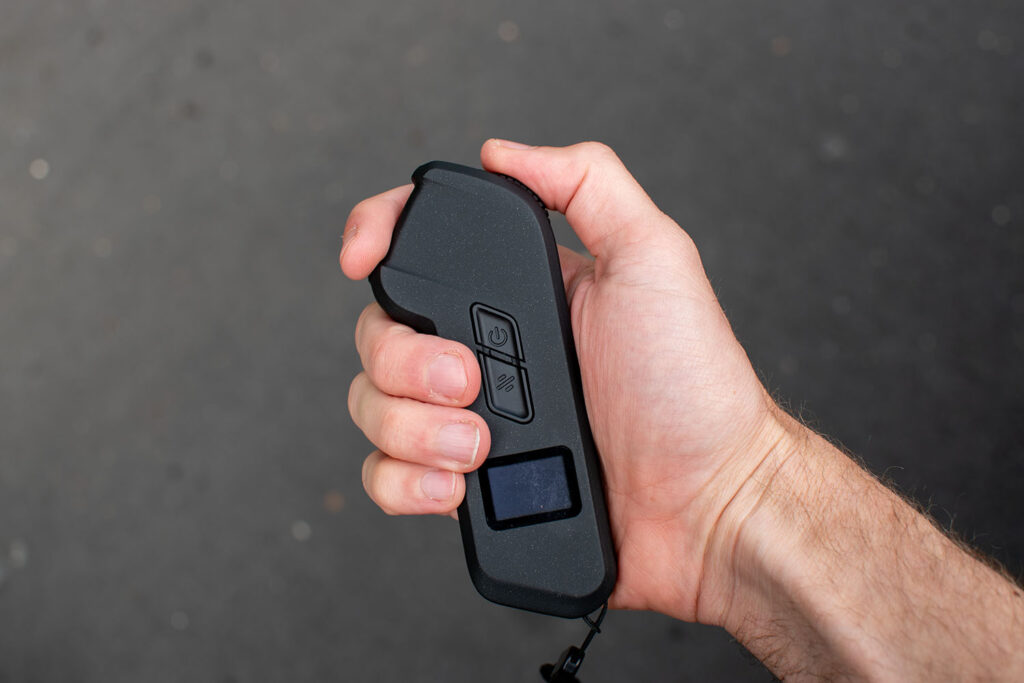Electric skateboards, a fusion of traditional skateboarding and cutting-edge technology, have transformed urban mobility, offering a thrilling blend of speed and convenience. However, as these innovative boards can reach surprising speeds, understanding their braking systems becomes crucial for every rider. Imagine cruising through city streets or gliding down hills at speeds that rival urban traffic; it's exhilarating, yet it underscores the necessity of effective braking for safety.
In this article, we delve into the intricate world of electric skateboard brakes, unraveling their mechanics, types, and best practices to ensure your ride is both exhilarating and safe.
The answer is a definitive yes: electric skateboards are indeed equipped with brakes. This feature is not just an added convenience but a critical safety mechanism, especially given the high speeds these boards can achieve, often surpassing traditional skateboards.

The ability to brake effectively is essential for maneuvering through urban environments and avoiding potential hazards. Most electric skateboards utilize advanced braking systems, including dynamic and regenerative brakes.
These systems are designed to offer controlled and reliable stopping power, which we will explore in more detail in the following sections. The integration of these braking systems highlights the commitment to safety in the design of electric skateboards, ensuring riders can enjoy the thrill of their ride with peace of mind.
Regenerative braking is a key feature in many electric skateboards, revolutionizing the way these boards manage energy. Unlike traditional braking systems that merely dissipate kinetic energy as heat, regenerative brakes convert this energy back into electrical power, feeding it into the skateboard's battery. This process is based on the principle that energy can't be destroyed but can be transformed from one form to another.
When a rider applies the brakes on an electric skateboard with regenerative braking, the kinetic energy generated by the motion is transformed and stored in the battery cells. This not only aids in slowing down the skateboard but also contributes to recharging the battery, extending the range of the board. This dual function of deceleration and energy recovery marks a significant step towards sustainable and efficient energy use in electric skateboards. The efficiency of energy capture by these systems can vary widely. Still, it significantly enhances the overall efficiency and sustainability of the skateboard by reducing the frequency of battery recharges needed.
Operating the brakes of an electric skateboard is typically managed through a remote control, which is a hallmark of their modern design. The remote allows riders to control the speed and braking of the board with ease. To brake, a rider simply adjusts the controls on the remote, often by flicking a switch or lever backward. This action engages the braking system of the skateboard, allowing for a smooth deceleration.

Safety is paramount when using these controls. Familiarizing oneself with the remote control's functions before riding is crucial. Quick or abrupt movements on the control can lead to sudden stops, potentially causing the rider to lose balance. Therefore, it's advisable to practice gradual braking to understand how the board responds. Some of the more expensive electric skateboards come with a feature that allows you to adjust the brake curve using an app. This feature gives you the ability to control how aggressively the board will brake when you pull the lever back on the remote.

For beginners, wearing a helmet is strongly recommended to prevent injuries during this learning phase. Remember, mastering the control of your electric skateboard, especially the braking system, is a gradual process that requires patience and practice.
While electric skateboard brakes are generally reliable, certain scenarios can reduce their effectiveness. One key limitation occurs when the battery is either fully charged or completely drained. In the case of regenerative braking systems, a fully charged battery can't absorb additional energy, potentially compromising the braking process. Conversely, a drained battery may lack the power to effectively engage the brakes. High-speed riding also presents challenges; brakes may not provide instant stopping power at extreme speeds, necessitating manual slowing techniques.
Riders should always be prepared to use their feet as a backup stopping method, especially in emergencies or when encountering unexpected brake performance issues. This underscores the importance of riding within safe speed limits and being constantly aware of the skateboard's battery level. Regular maintenance checks can also help ensure the braking system functions optimally. Wearing appropriate safety gear and practicing good riding habits are crucial for a safe electric skateboarding experience.
Regular maintenance and care are essential to ensure the longevity and effectiveness of your electric skateboard's brakes. Here are some tips to keep your braking system in top condition:
Remember, well-maintained brakes not only ensure a safer ride but also enhance the overall performance and lifespan of your electric skateboard.
In summary, electric skateboards do indeed have brakes, employing sophisticated systems like dynamic and regenerative braking to ensure rider safety. Understanding how these brakes operate, along with their limitations, is crucial, especially considering the high speeds these boards can reach. Regular maintenance and care are key to keeping these braking systems effective and long-lasting. As exciting and convenient as electric skateboards are, it's important to use them responsibly and stay informed about their operation and safety features. We encourage our readers to explore the diverse models and features of electric skateboards further to find one that aligns with their lifestyle and ensures a safe, enjoyable ride.
